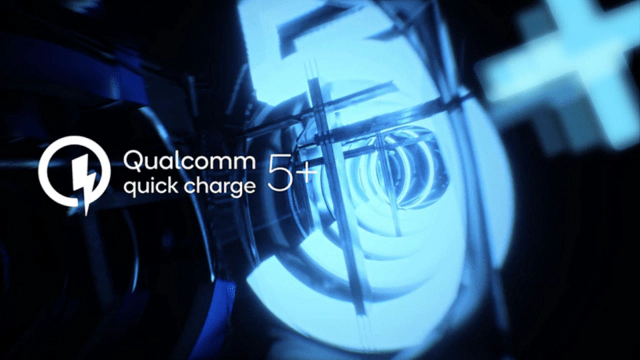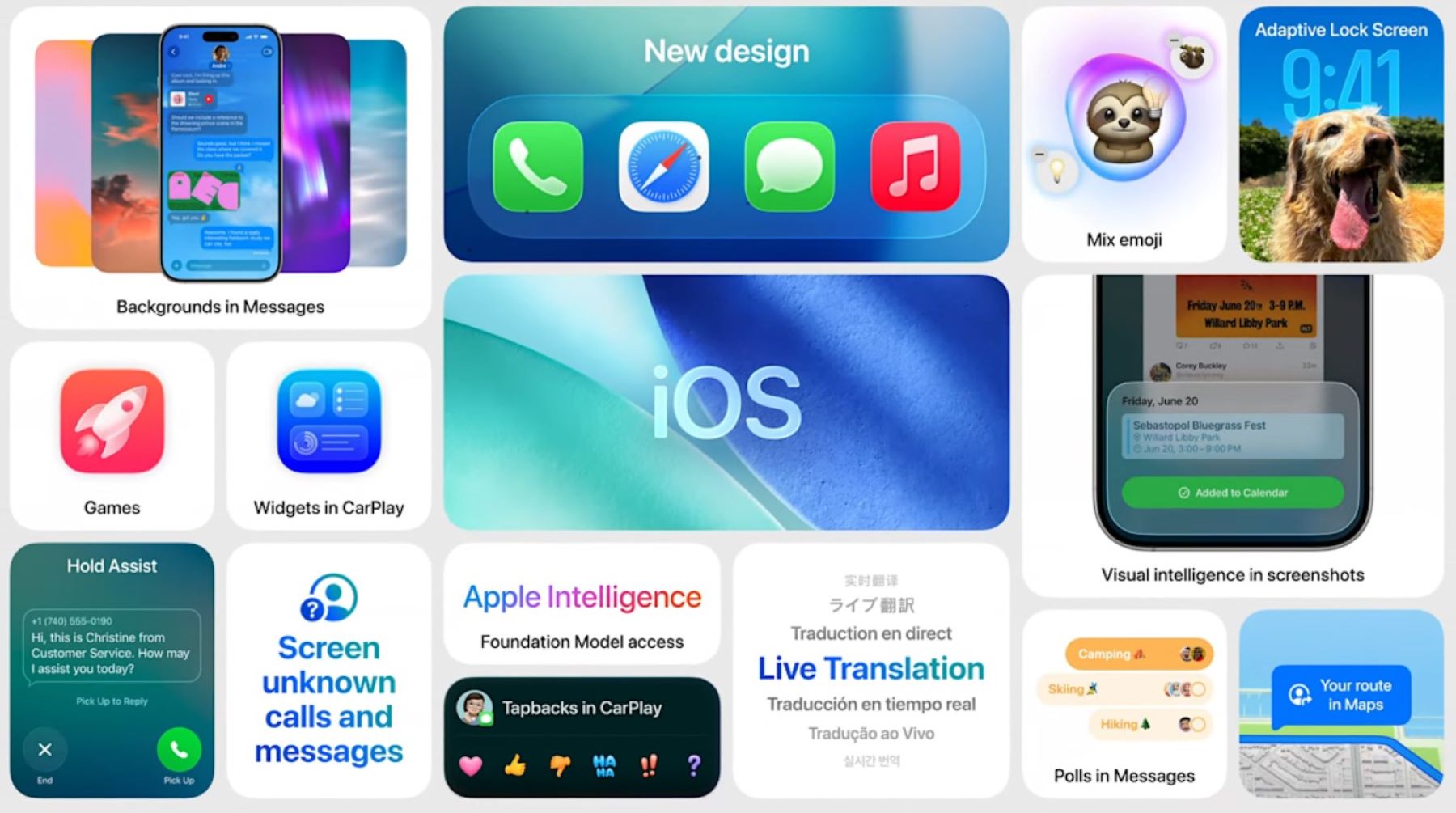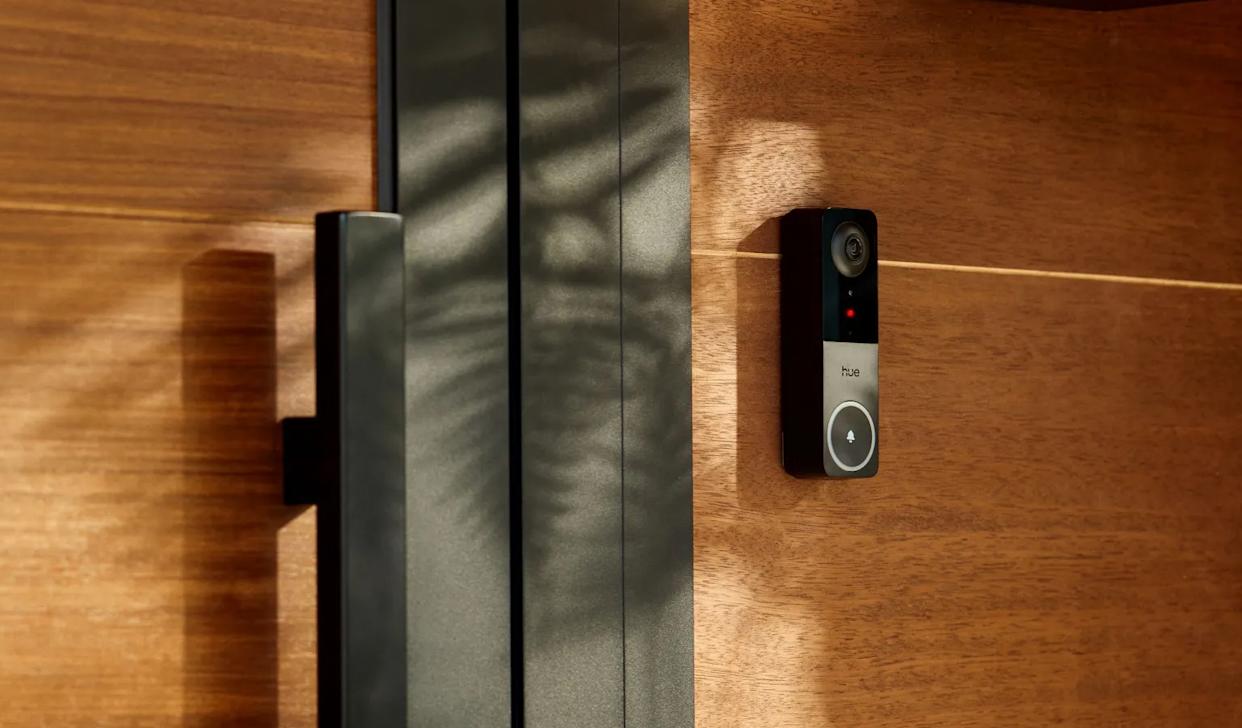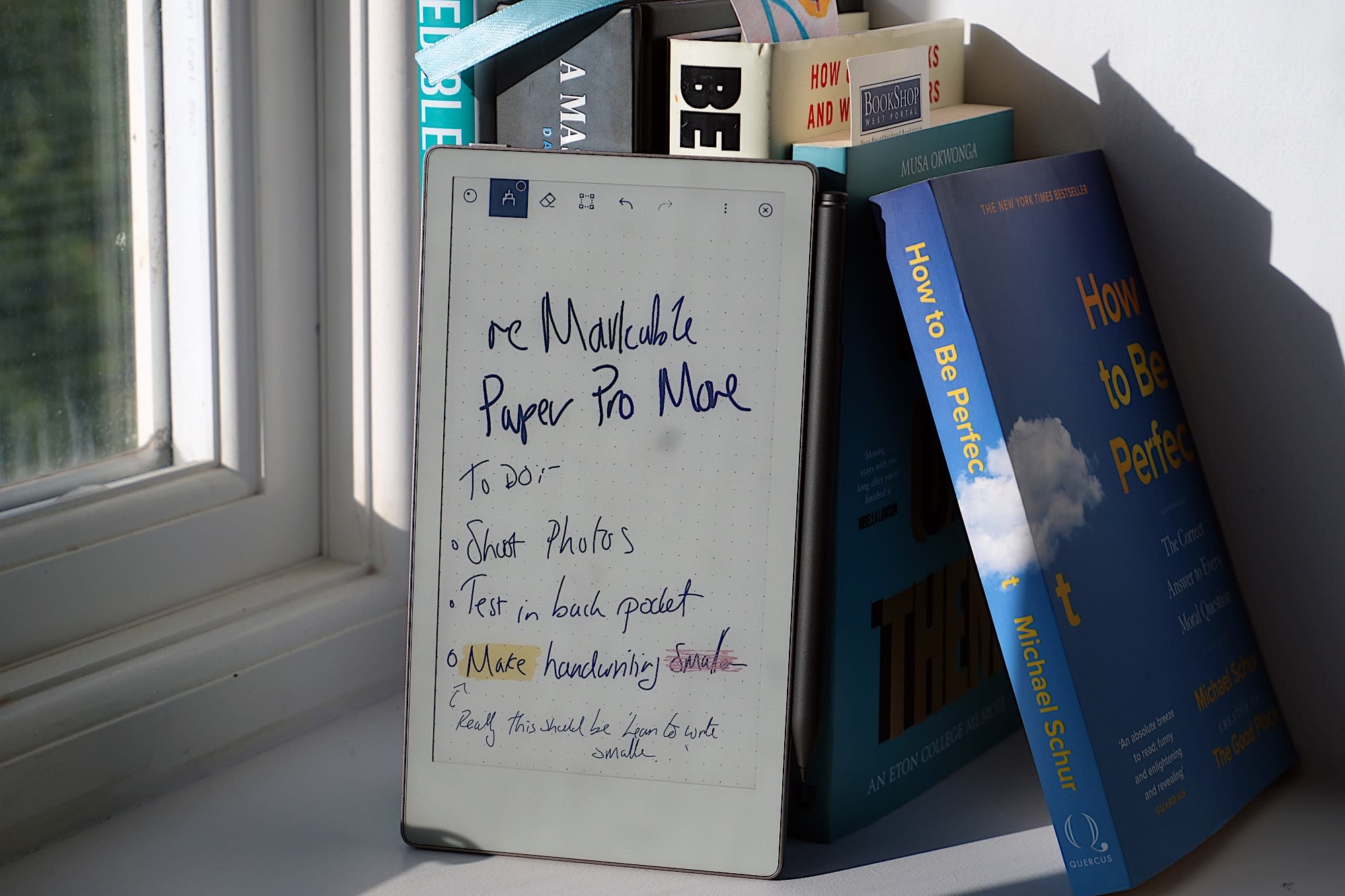Cassini has been roaming around the orbit of Saturn for the past twelve years, and during this course of time, the spacecraft has sent some dust samples coming off Saturn’s moon Enceladus. But now, Cassini has moved a step ahead, and it has reportedly detected faint but a distance structure of dust coming
Interstellar Stardust Caught By Cassini
Cassini has analyzed millions of dust grains, and out of this, 36 grains comes from interstellar space. Nicolas Altobelli, co-author of this study and a project member at Cassini of European Space Agency told that first traces of outside dust was first detected in 1990 by ESA.
He added that in the course of years, and after the launching of Cassini, ESA experts were quite successful in detecting few of these interstellar dust particles per year.
According to reports, these tiny dust grains were traveling at a speed of 45,000 mph, and this high speed helped these dusts to avoid being trapped inside the solar system due to gravity of its star and planets.
Marcia Burton, an expert at NASA’s Jet Propulsion Laboratory expressed her excitement over this new finding. She added that the whole team is thrilled as Cassini has made this detection, as the major aim of this spacecraft was to concentrate on dust from within Saturn.
Stardust grains are known for providing some crucial information about the birth of our solar system, as they are found in some types of meteorites, which have preserved them since the birth of Universe.
These dusts are generally old and primitive, but the dusts detected by Cassini are not that old, and are formed due to repetitive processing in the interstellar medium.







Add Comment